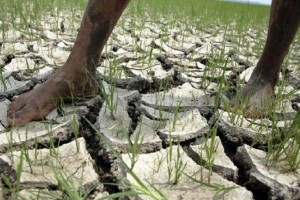 SANTO DOMINGO, Dominican Republic – The recent lengthy drought in the Dominican Republic, which began to ease in late 2015, caused serious losses in agriculture and prompted national water rationing measures and educational campaigns.
SANTO DOMINGO, Dominican Republic – The recent lengthy drought in the Dominican Republic, which began to ease in late 2015, caused serious losses in agriculture and prompted national water rationing measures and educational campaigns.
But the most severe December-April dry season in the last 20 years helped convince the authorities to listen to the local scientific community in this Caribbean nation that shares the island of Hispaniola with Haiti.
“The National Meteorology Office (ONAMET) actually benefited because the authorities and key sectors like agriculture and water paid more attention to us,” said Juana Sille, an expert on drought, which was a major problem in the Caribbean and Central America in 2015.
The cause was the El Niño-Southern Oscillation (ENSO), a cyclical climate phenomenon that affects weather patterns around the world.
Forecasts indicate its effects will be felt until early spring 2016 and devastating impacts have already been seen in South American countries like Bolivia, Colombia and Peru.
As a result of this record El Niño and its extreme climatic events, the international humanitarian organization Oxfam predicted in October that at least 10 million of the world’s poorest people would go hungry in 2015 and 2016 due to failing crops.
But Sille said, “The authorities are learning to follow the early warning system and to implement prevention and adaptation plans.”
One quarter of the world’s population faces economic water shortage – when a population cannot afford to make use of an adequate water source. This is true mainly in the developing South, where the local scientific communities have a hard time raising awareness regarding the management of drought, whose impacts are less obvious than the damage caused by hurricanes and earthquakes.


